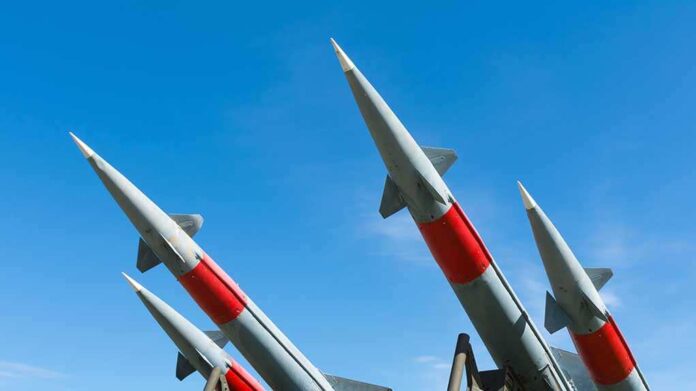
The U.S. military’s successful missile interception test near Guam raises questions about regional security and local impact.
At a Glance
- The U.S. military intercepted a ballistic missile near Guam on December 10, enhancing regional defense.
- This test bolsters defenses amid tensions with China and North Korea.
- Guam’s strategic significance underscores U.S. military priorities in the Pacific.
- Indigenous Chamoru people voice concerns over militarization impacts.
Missile Interception Test Conducted
The U.S. military successfully tested its Guam-based missile defense system, intercepting a ballistic missile on December 10. This significant milestone in defense capabilities occurred near Andersen Air Force Base, marking a crucial step towards bolstering regional security amid rising tensions with China. Using the Aegis Guam System, this test highlights the priority placed on safeguarding this strategic location from potential threats, signaling readiness to defend against adversaries.
The Aegis air defense system, equipped with the AN/TPY-6 radar, effectively tracked and intercepted the medium-range ballistic missile. This technology, derived from Alaska’s Long-Range Discrimination Radar, demonstrates the U.S. military’s focus on adapting advanced technologies for regional defense. The Guam Defense System (GDS) represents a comprehensive network designed to counter multiple threats, emphasizing the island’s critical role in the broader defense strategy.
The emergent Guam Defense System for the 360 degree air and missile defense of that island is one of the most critical AMD development efforts underway.
Today's test is a milestone toward integrating several distinct AMD systems to deal with wicked hard threats. pic.twitter.com/5xlXPM78f9
— Tom Karako (@tomkarako) December 10, 2024
Strategic Importance of Guam
The Pentagon considers Guam a key military outpost crucial to U.S. operations in the Pacific region. Plans to relocate 5,000 U.S. Marines from Okinawa to Guam by 2028 underscore this significance, especially amid growing threats from China and North Korea. The $1.2 billion Guam missile defense system forms part of the MDA’s budget priorities, with full completion expected by 2026, aligning with strategic military foresight for the island’s role in regional defense.
Efforts to build an integrated air and missile defense architecture on Guam protect against hypersonic and other advanced threats. This collaborative initiative enhances both local readiness and broader Indo-Pacific security, reflecting a commitment to deter emergent missile adversities. The U.S.’s approach emphasizes the seamless integration of technological assets, such as the Patriot missile defense system, into this new framework.
Local Concerns and Future Prospects
Indigenous Chamoru people express concerns about increasing militarization impacts on Guam. As highlighted by the local community, cultural and environmental consequences warrant careful consideration amid defense system expansions. An environmental assessment suggests minimal impacts, with debris from the test falling harmlessly into the ocean, though longstanding apprehensions remain. Nonetheless, Guam’s defense system’s solid progress confirms the MDA’s dedication to countering rising missile threats while addressing local opposition.
The successful test, vital to protecting U.S. interests and allies, underscores the relentless pursuit of defense innovation and preparedness. Looking ahead, the Missile Defense Agency plans more test flights, reinforcing the continuous evolution of strategic defense measures for the Pacific region. Addressing both regional security imperatives and local community concerns will demand ongoing dialogue and innovative defense planning.
Sources:
- U.S. ‘Shoots Down’ Ballistic Missile From Guam-Based AD System For The 1st Time Amid “China Threats”
- MDA conducts first-ever ballistic missile intercept test from Guam












